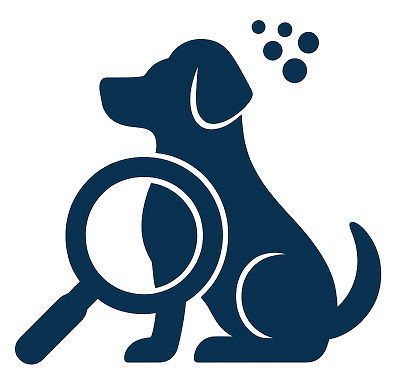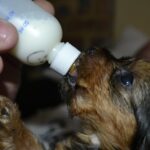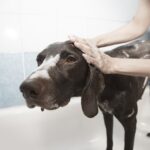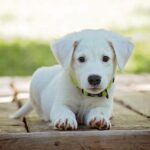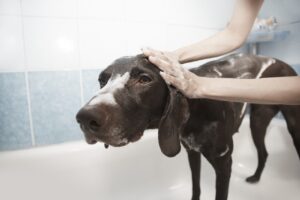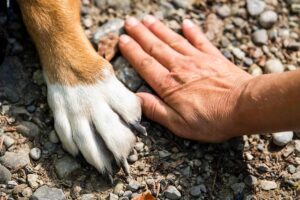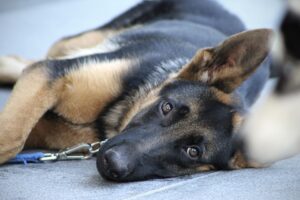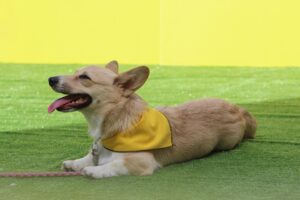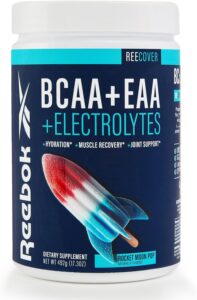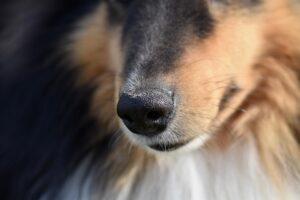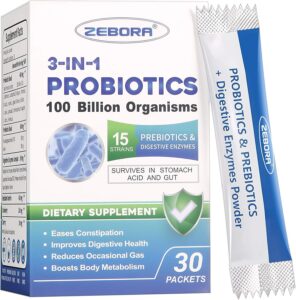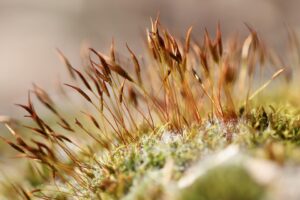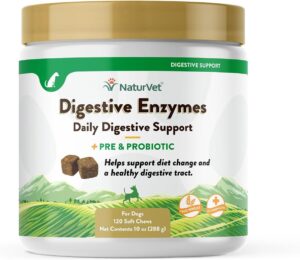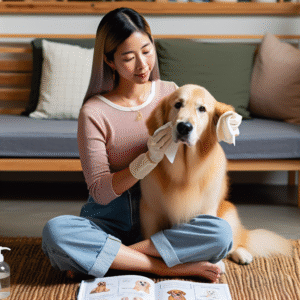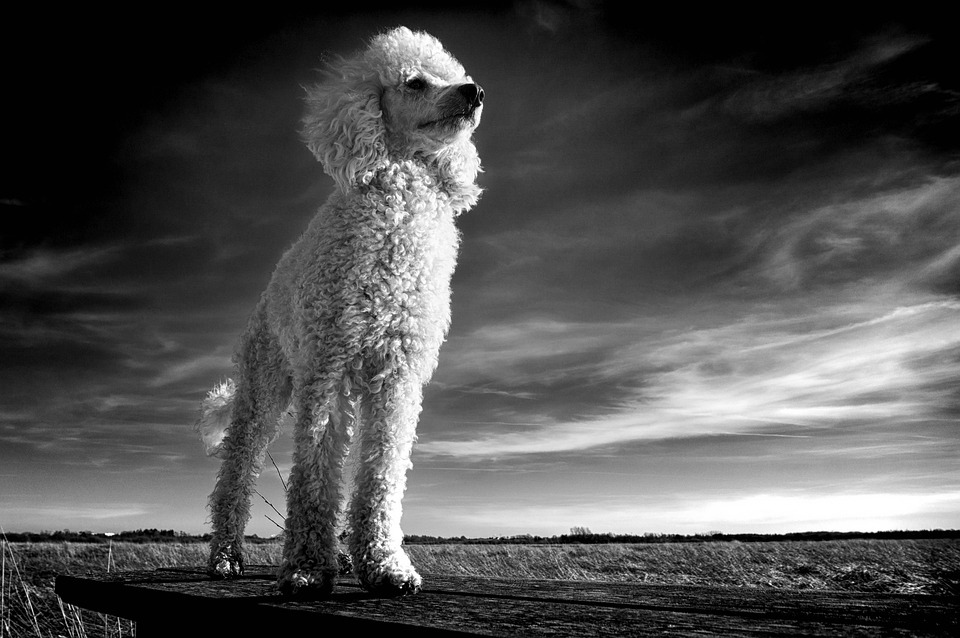
Grooming is an essential aspect of caring for your dog, ensuring that they remain healthy, comfortable, and looking their best. However, with the myriad of dog breeds, each with unique coat types and grooming needs, it can be overwhelming for pet owners to know exactly what their furry friend requires. This ultimate grooming guide will provide detailed insights into grooming various dog breeds, helping you tailor your approach to suit your pet’s specific needs.
Understanding Coat Types
Before diving into breed-specific grooming, it’s crucial to understand the different coat types found in dogs. Each coat type requires a unique approach to grooming in order to maintain its condition and appearance.
Double Coat
Double-coated dogs have a dense undercoat beneath a topcoat that can range from soft to coarse. This type of coat is common in breeds like Huskies, Golden Retrievers, and German Shepherds. Regular brushing is vital to prevent matting and to control shedding.
Single Coat
Single-coated dogs lack an undercoat and generally have smoother hair. Breeds such as Greyhounds and Boxers fall into this category. While they require less brushing, they still benefit from regular grooming to keep their coat healthy.
Curly Coat
Curly-coated breeds like Poodles and Bichon Frises have dense, curly hair that requires frequent grooming to prevent tangles and matting. Regular trimming and brushing are essential to maintain their coat’s appearance and health.
Wire Coat
Wire-coated breeds, such as Terriers and Schnauzers, have coarse, bristly hair that needs regular hand-stripping or clipping to maintain its texture. Regular grooming is necessary to prevent the coat from becoming too soft.
Grooming Tools
Having the right tools is crucial for effective grooming. Here are some essential tools to consider for different coat types:
Brushes and Combs
– Slicker Brush: Ideal for removing loose hair and tangles in double-coated and curly-coated breeds.
– Bristle Brush: Suitable for short-haired breeds to remove loose hair and distribute natural oils.
– Undercoat Rake: Effective for reaching the undercoat of double-coated breeds.
– Pin Brush: Useful for longer haired breeds to detangle and smooth the coat.
Clippers and Scissors
– Clippers: Essential for trimming and shaping the coat, especially in breeds that require regular clipping.
– Shears: Useful for detailed trimming around the face, paws, and other sensitive areas.
Nail Trimmers
Keeping your dog’s nails trimmed is crucial for their comfort and health. Guillotine or scissor-style trimmers are commonly used, along with a nail file or grinder for smoothing.
Shampoos and Conditioners
Using the right shampoo and conditioner for your dog’s coat type ensures their skin and coat remain healthy. There are various formulas available for sensitive skin, flea control, and coat conditioning.
Breed-Specific Grooming Guidelines
Each dog breed has unique grooming needs based on their coat type and lifestyle. Here’s a guide to grooming some popular breeds:
Golden Retriever
Golden Retrievers have a dense double coat that requires regular brushing to prevent matting and control shedding. A slicker brush and an undercoat rake are ideal tools. Bathing should be done every 4-6 weeks, using a mild shampoo to avoid skin irritation.
Poodle
Poodles have curly coats that require frequent grooming. Regular brushing with a slicker brush and monthly trims are essential to maintain their coat’s health and appearance. Many owners opt for professional grooming to achieve specific styles.
Bulldog
Bulldogs have a short, smooth coat that requires minimal grooming. Weekly brushing with a bristle brush is sufficient. Pay attention to skin folds, keeping them clean and dry to prevent infections. Regular nail trimming is also important.
Shih Tzu
Shih Tzus have long, flowing coats that require daily brushing to prevent tangles and matting. Regular trims, especially around the eyes and paws, help maintain their neat appearance. Bathing every 3-4 weeks keeps their coat clean and healthy.
Siberian Husky
Siberian Huskies have a dense double coat that sheds heavily, particularly during seasonal changes. Regular brushing with an undercoat rake and slicker brush is essential to control shedding. Bathing should be done only when necessary to maintain natural oils.
Regular Grooming Routine
Establishing a regular grooming routine is essential for maintaining your dog’s health and comfort. Here’s a general guide to follow:
Daily Checks
– Inspect for any signs of fleas, ticks, or skin irritations.
– Check ears for any signs of infection or wax buildup.
– Ensure eyes are clear and free from discharge.
Weekly Grooming
– Brush your dog’s coat according to their specific needs.
– Clean ears with a vet-approved solution.
– Trim nails and check paw pads for any cuts or foreign objects.
Monthly Tasks
– Bathe your dog using appropriate shampoo and conditioner.
– Perform a thorough check for any abnormalities in skin, coat, or body.
– Consider professional grooming for breeds requiring specific trims.
Conclusion
Grooming is an integral part of pet care that contributes to your dog’s overall well-being. By understanding your dog’s specific coat type and grooming needs, you can tailor a grooming routine that ensures their health and happiness. Regular grooming not only keeps your dog looking their best but also strengthens the bond between you and your furry friend. With the right tools, knowledge, and dedication, you can provide the best care for your beloved pet, keeping them clean, comfortable, and content.
Remember, while this guide provides general advice, consulting with a professional groomer or veterinarian can offer personalized recommendations based on your dog’s individual needs.
#ChatGPT assisted in the creation of this article.
